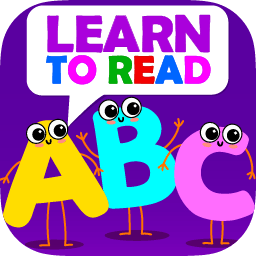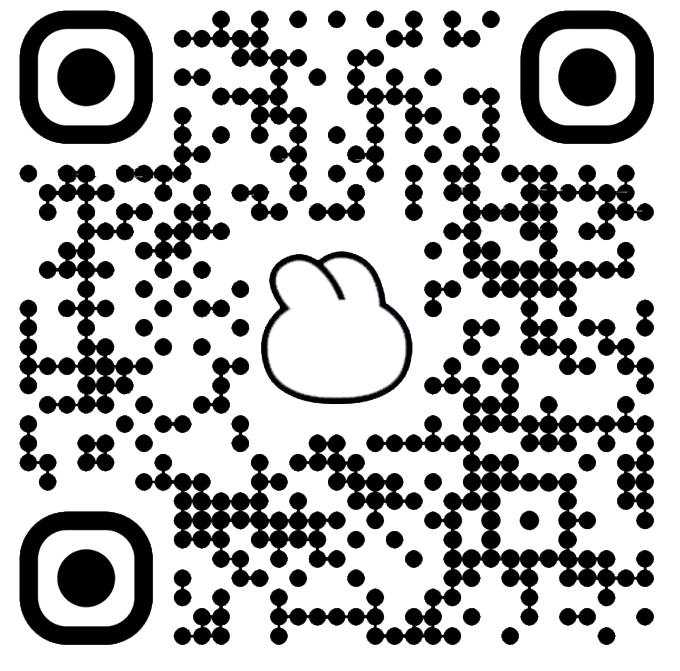Picture this: your child is trying to read a bedtime story but keeps getting stuck on words. They get frustrated, and reading stops being fun. This happens to many kids because reading is more than just recognizing letters—it’s a big skill with many parts. While kindergarten and school help, kids need extra practice at home to build confidence and enjoy reading.
What to Start with: 5 Components of Reading
There are 5 components of reading, each of which is essential:
- Phonemic Awareness – Playing with sounds, like knowing “cat” and “hat” sound the same.
- Phonics – Learning that letters make sounds, like “b” makes the “buh” sound.
- Fluency – Reading smoothly, without getting stuck on words.
- Vocabulary – Knowing what words mean, so your child understands the story.
- Comprehension – Understanding and remembering what’s been read.
Five Components of Reading Fun

Reading is like an exciting journey, and every step helps your little one become a better reader! These fun activities will guide your little one from recognizing sounds to understanding stories, making learning feel like a game. Let’s get started!
Components of Reading: The Phonemic Awareness Quest
Your child is on an exciting adventure, exploring the land of sounds! Before they can read, they need to discover how words sound. This will help them on their journey to reading new words.
Activities to Try:
- Sound Game: “What sound does ‘dog’ start with?” Ask your little explorer to find other words that start with the same sound, like ‘doll’ and ‘door.’
- Rhyme Time: As you walk through the jungle, look for words that rhyme. “We see a tree! What rhymes with tree?” Take turns coming up with fun rhyming words!
- Clap the Syllables: As you cross the river, clap for every part of the word! Say “apple” and clap twice, like “Ap-ple.” This helps break words down into smaller pieces!
Elements in Reading: The Phonics Path
Now, your child is a brave detective on the trail of letters and sounds! They’ll need to connect letters to sounds, like “b” making the “buh” sound, to solve the mystery of reading!
Activities to Try:
- Find the Letter: At the grocery store, give your kid a challenge: “Can you find something that starts with ‘B’?” (Bananas, bread!) Watch as they discover new things around them!
- Letter Hunt: In the secret cave of your home, hide letter flashcards. When your child finds one, they need to say the letter and its sound.
- Make Words with Magnets: At the magic fridge, use magnetic letters to spell simple words like ‘cat’ or ‘sun.’ Mix and match to create new words!
Essential Components of Reading: The Fluency Forest
Your child is now in the Fluency Forest, where they need to read smoothly and confidently like a true adventurer! No stopping at every word—just flowing through the sentences!
Activities to Try:
- Echo Reading: You’re the guide—read a sentence aloud from a book, and then have your child repeat it back to you just like you did. This helps them practice pacing and sounding natural!
- Sing Songs Together: Sing a fun song with your child! Singing helps them find the rhythm of words, which helps them read smoothly.
- Read-and-Repeat: Read a short story to your child, then have them read it back to you. They’ll improve over time, reading faster and more naturally!
Aspects of Reading: The Vocabulary Valley
Your child is now a Word Wizard in the Vocabulary Valley, learning new words every day. The more words they know, the easier it will be for them to understand stories!
Activities to Try:
- Word Jar: Fill a jar with new words on slips of paper. Every day, pick one word, talk about what it means, and then use it in a sentence together.
- Describe Everything: As you journey through your day, describe things in detail! Instead of saying, “Let’s go outside,” try “Let’s step into the warm sunshine and feel the cool breeze.”
- What’s That Game: Look around the house and point to objects. Ask, “What is this called?” Then talk about what it does or how it’s used.
The Comprehension Castle
Your child has reached the grand Comprehension Castle, where they need to understand and remember the stories they read. Only those who understand the story can hold the key to the castle!
Activities to Try:
- Guess the Story: Before opening a book, look at the cover with your child. Ask, “What do you think this story is about?” This helps them think about the story before reading it.
- Act It Out: After reading, become the characters! Act out the story together and bring the adventure to life!
- Ask Questions: After finishing the story, ask, “Why do you think the character did that?” This helps your kid think deeply.
Stress-Free Reading: Tips for Parents

Want to keep reading fun? Try these tips:
- Read everywhere! Look at menus, signs, and labels together.
- Create a cozy reading corner. A comfy space with books makes reading inviting.
- Be patient. Mistakes are part of learning.
- Let kids choose books. A child excited about dinosaurs will love a dinosaur book!
- Make it a special time. Snuggle up and read together.
Make Learning to Read Fun with Bini Games!
Why not make the most of every moment—whether you’re on the go or waiting in line? With free Bini Games apps, your child can develop their reading ability, play through engaging activities, and practice key skills like the alphabet, syllables, and first words.
Each activity is designed to support your child’s individual learning needs, helping them grow naturally and stress-free. It’s a much better use of screen time than regular cartoons, turning it into a chance for your toddler to learn and have fun. Try our Bini ABC Games today and watch your child’s reading skills grow!










